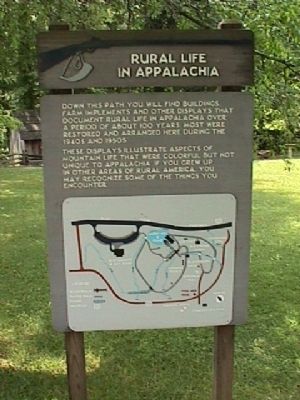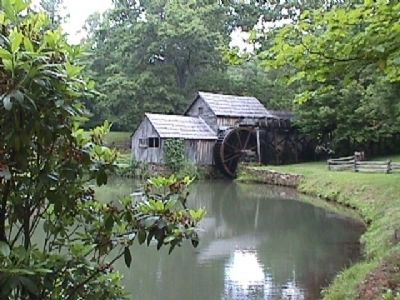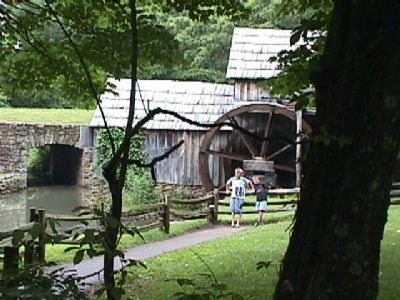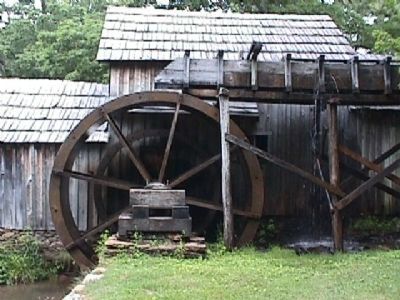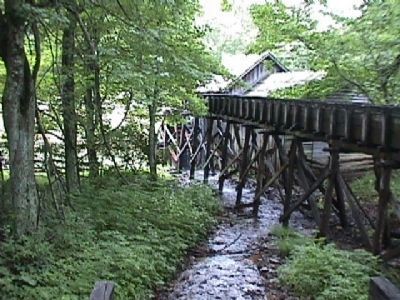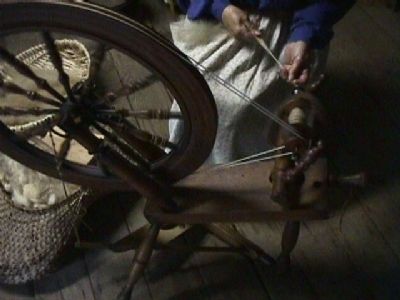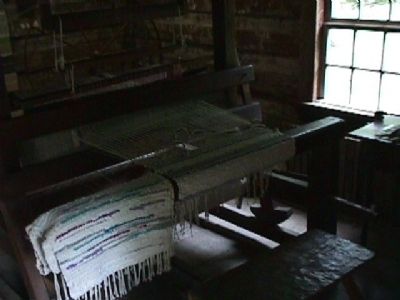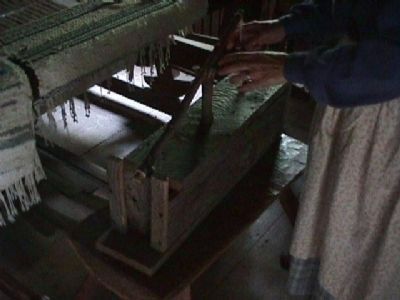Near Meadows of Dan in Floyd County, Virginia — The American South (Mid-Atlantic)
Rural Life In Appalachia
These displays illustrate aspects of mountain life that were colorful but not unique to Appalachia. If you grew up in other areas of rural America, you may recognize some of the things you encounter.
Topics and series. This historical marker is listed in these topic lists: Agriculture • Settlements & Settlers. In addition, it is included in the Blue Ridge Parkway series list.
Location. 36° 45.002′ N, 80° 24.33′ W. Marker is near Meadows of Dan, Virginia, in Floyd County. Marker can be reached from Blue Ridge Parkway (at milepost 176). Touch for map. Marker is at or near this postal address: 266 Mabry Mill Rd SE, Vesta VA 24177, United States of America. Touch for directions.
Other nearby markers. At least 8 other markers are within walking distance of this marker. Mabry Mill (within shouting distance of this marker); A Versatile Mill (about 400 feet away, measured in a direct line); Mill Stones (about 400 feet away); Lumber Drying Rack (about 400 feet away); Challenges (about 400 feet away); Blacksmith Shop (about 500 feet away); Homemade Soap Recipe (about 500 feet away); Appalachian Houses (about 500 feet away). Touch for a list and map of all markers in Meadows of Dan.
Also see . . . Mabry Mill. The sights and sounds of Rural Appalachia fill the air at Mabry Mill during summer and fall. Ed Mabry built the mill where he and his wife Lizzy ground corn, sawed lumber, and did blacksmithing for three decades. The old mill, cultural demonstrations, and a decades-long tradition of Sunday afternoon music and dancing continue to draw visitors today. (Submitted on September 5, 2008, by M. L. 'Mitch' Gambrell of Taylors, South Carolina.)
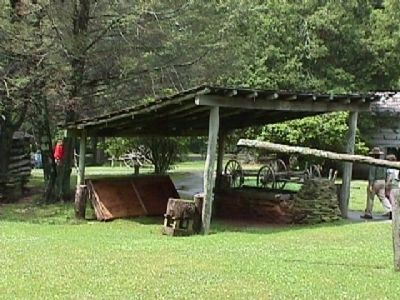
Photographed By M. L., June 17, 1999
9. Work shed
I believe this is and old sorghum mill. The thrasher is to the right, the long post sticking out horizontally from the right side of the picture. For those wondering, sorghum is usually a sweet molasses type syrup, similar to honey.
Excerpt from Answers.com
Sci-Tech Encyclopedia: Sorghum
Sorghum includes many widely cultivated grasses having a variety of names in various countries. Cultivated sorghums in the United States are classified as a single species, Sorghum bicolor, although there are many varieties and hybrids. The two major types of sorghum are the grain, or nonsaccharine, type, cultivated for grain production and to a lesser extent for forage, and the sweet, or saccharine, type, used for forage production and for making syrup and sugar.
Credits. This page was last revised on June 4, 2021. It was originally submitted on September 5, 2008, by M. L. 'Mitch' Gambrell of Taylors, South Carolina. This page has been viewed 1,011 times since then and 16 times this year. Photos: 1, 2, 3, 4, 5, 6, 7, 8, 9. submitted on September 5, 2008, by M. L. 'Mitch' Gambrell of Taylors, South Carolina. • Craig Swain was the editor who published this page.
